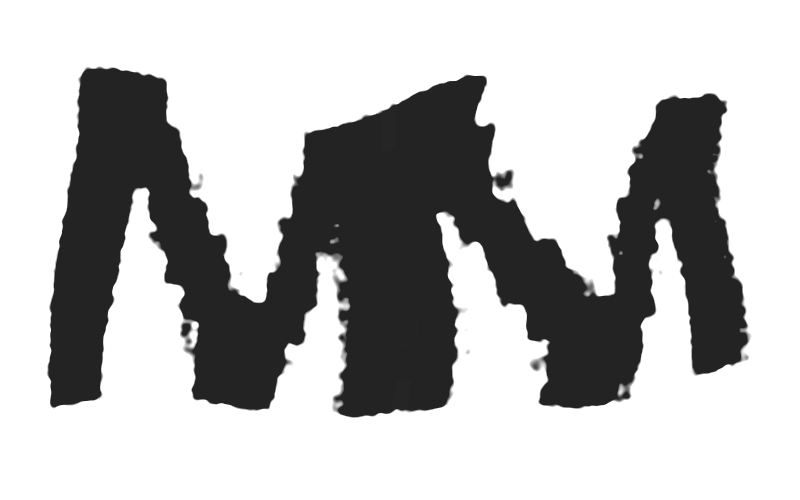
Researching
Design Contexts
A community partnership between Bloodworks Northwest and the Interactive Media Design program at UW Bothell

Project
Our team was responsible for designing and conducting a qualitative research project to help us explore the Bloodworks Northwest ecosystem; to hear and comprehend the experiences of key groups, and how they function within and around the organization.
Our work focused on presenting Bloodworks Northwest student ambassadors with additional tools and resources to support their efforts to connect and engage with potential donors.

Partners
Bloodworks Northwest |
|
|---|---|
| Naomi Howatt: | Volunteer Services Program Manager |
IMD Research Team |
|
|---|---|
| Christian Ignacio: | UX/UI Research & Design |
| Jinyi Li: | UX/UI Research & Design |
| Alan Xu: | Research & Data Analysis |
| Juhyun Oh | Research & Data Analysis |
| Max Tan | Research & Data Analysis |
| Maxton McGuire | Project Management & UX Research |
Objectives
|

Methods
Our team utilized a series of methods to guide our research. Over the course of the project, we visited four blood drives and one ambassador orientation. We were able to interview several donors and volunteers, as well as two ambassadors in training. In addition to our site visits and interviews, we analyzed key components of Bloodworks Northwest's media to see how they communicate and engage with their audience.
|
|
|

Process
Our process was structured under defined phases.
| Collect: |
|---|
| Source, record, and document. |
| Code: |
| Parse through and categorize data. |
| Conclude: |
| Summarize and report findings. |
| Conceptualize: |
| Ideate potential design opportunities. |
Findings
With the information we generated through field observations, ethnographic interviews, and qualitative media analysis, we were able to develop informed conclusions.
|

Next Steps
To build on our research, we plan to reconnect with Bloodworks Northwest ambassadors for a co-design session, where we would expand upon their experiences and translate them into supportive resources and tools.
Projected user flow
We started with a mock user flow to set a starting point for our co-design session. This gives us the flexibility to build in or remove specific features based on the direct feedback and input from the Bloodworks Northwest ambassadors.
